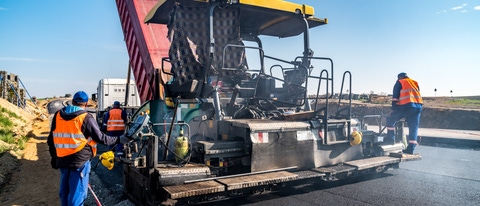Key Binder Modification Benefits
- Increases Useful Temperature Interval (UTI)
- Limited increase in binder viscosity after modification
- Does not separate after modification
- SBS compatibility and enhancement

Monomers
B2Last is an innovative, low viscosity liquid asphalt modification additive that improves adhesion performance of the asphalt mix. By crosslinking the components within the liquid asphalt, B2Last reduces stripping of the aggregates from the binder and leads to a more sustainable, flexible pavement.
